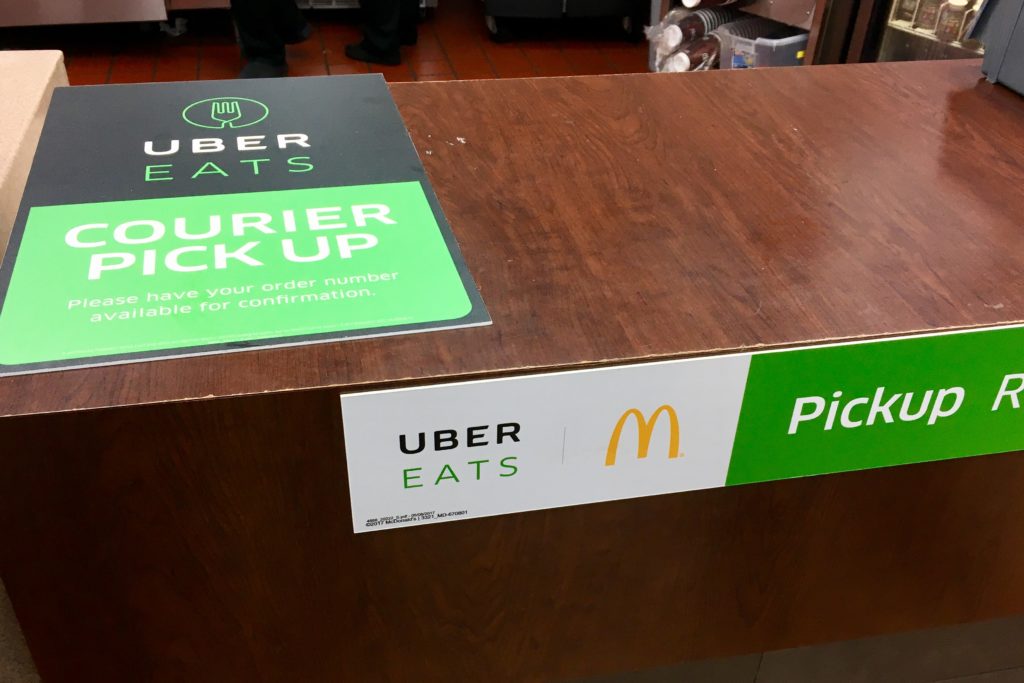Chefs+Tech: How UberEats Works with Restaurants

Skift Take
Hungry people will be loyal to the delivery app that gets them their food fastest, period. UberEats touts algorithms, analytics, and a little bit of the human touch in its work with restaurants.
Editor's Note: In September we announced that Skift was expanding into food and drink with the addition of the Chefs+Tech newsletter.
We see this as a natural expansion of the Skift umbrella, bringing the big-picture view on the future of dining out, being fanatically focused on the guest experience, and at the intersection of marketing and tech.
We publish C+T twice weekly.
How UberEats Works with Restaurants
UberEats started nearly three years ago as an experiment in Los Angeles. The service, then called UberFresh, started differently than other delivery apps and offered a selection of only five items per day, on demand, as part of the Uber app. The experiment went so well that Uber decided to increase its offerings, pivoting toward a more traditional food delivery model — as it turns out, the dining public prefers food selection to pure speed. In late 2015, the UberEats app launched in Toronto, and has since grown to include over 60,000 restaurants in 112 cities. “Now that we're at scale, there's a big opportunity to continue to push the boundaries of food delivery forward and a lot of that has to do with building trust with restaurants and helping advance this world of restaurant and technology,” Chetan Narain, senior pro
